Travel to Montenegro: Everything You Need to Know

Looking to travel to Montenegro?
Often overshadowed in the vast expanse of the Balkans, Montenegro remains an unsung wonder eagerly awaiting discovery. While it may not always be a top travel itinerary, those who venture here are greeted by a mosaic of breathtaking landscapes, rich layers of history, and a culture that captivates and endears.
Did you know that Montenegro, or “Crna Gora” in Montenegrin, translates to “Black Mountain?” It’s a tribute to the dense, shadowy forests cloaking its majestic peaks.
Drawing inspiration from Mark Twain’s wisdom: “Broad, wholesome, charitable views of men and things cannot be acquired by vegetating in one little corner of the earth all of one’s lifetime,” we champion the spirit of exploration.
Dive into this guide to unearth the myriad reasons that make Montenegro, Eastern Europe’s hidden gem, an unmissable addition to any travel enthusiast’s bucket list.
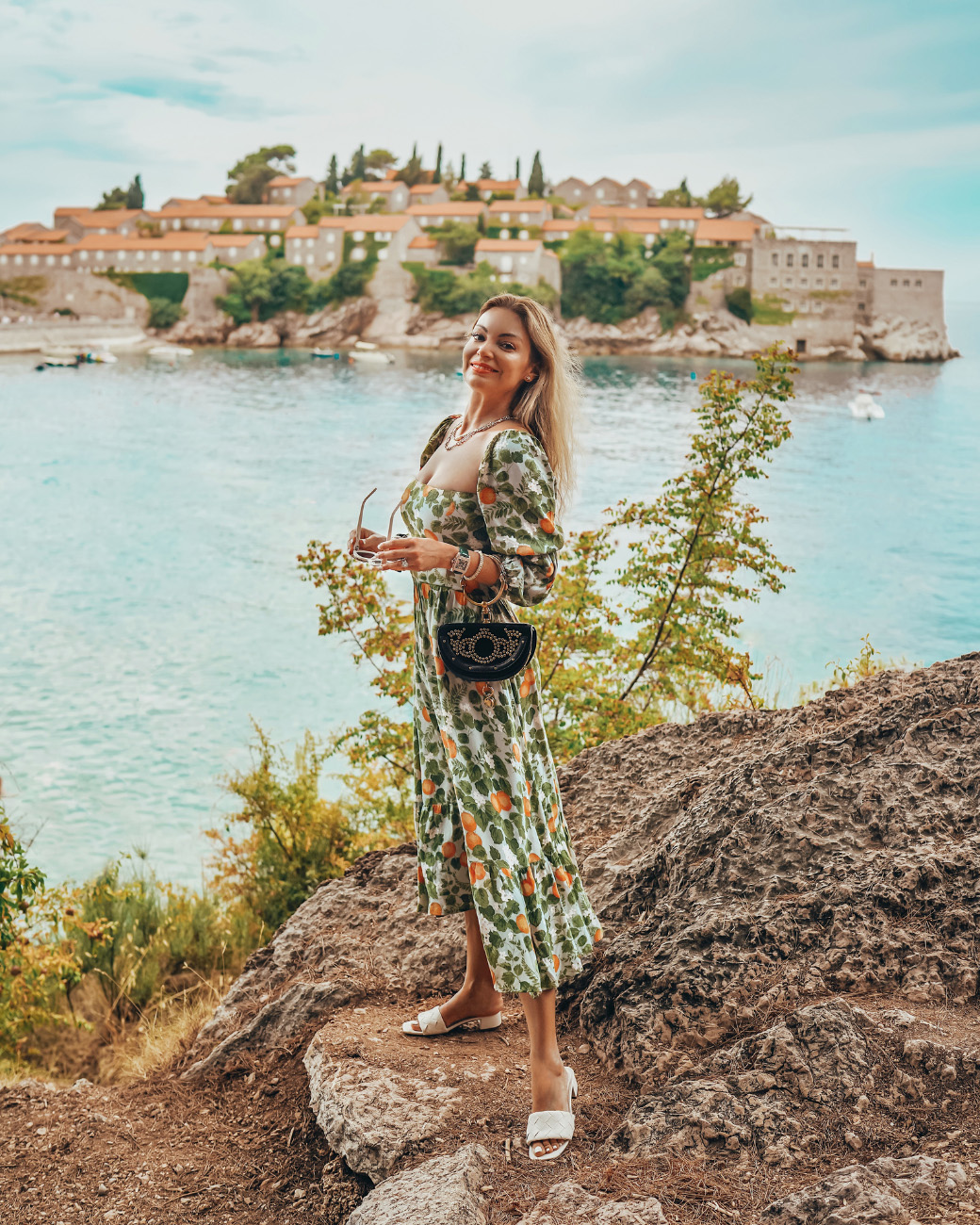
Blog Summary:
What Country Does Montenegro Belong To?
Montenegro is an independent sovereign nation located in the southeastern region of Europe. Nestled within the Balkan Peninsula, it was once part of the former Yugoslavia, which dissolved in the 1990s.
Montenegro gained its independence in 2006 after peacefully separating from the State Union of Serbia and Montenegro.
Natural Beauty of Montenegro

Montenegro’s diverse landscapes are one of its biggest draws!
From the Durmitor National Park to the Adriatic coast, nature lovers will have plenty to explore.
Durmitor National Park is a must-visit for those who appreciate the great outdoors. It’s home to the deepest canyon in Europe, the Biogradska Canyon, as well as the stunning Biogradska Lake and the second-highest peak in Montenegro, Bobotov Kuk.
If you love nature, you’ll be spoiled for choice when you travel to Montenegro.
Winter sports enthusiasts will also be pleased to know that Durmitor National Park is a popular destination for skiing, with its ski resorts offering some of the best skiing in the Balkans.
On the other hand, the Adriatic coast offers a different kind of beauty. Its clear waters and pristine beaches make it the perfect place for swimming, sunbathing, and water sports.
And for those who want to explore the coast by boat, there are plenty of opportunities for sailing and fishing when you travel to Montenegro.
The natural beauty of Montenegro is just outstanding.
The Unique Culture of Montenegro

Montenegro’s culture is a mix of Balkan, Slavic, and Mediterranean influences, and it is this combination that makes it so unique.
The country’s rich history can be seen in its architecture, with medieval castles and old churches dotting the countryside. In the capital city of Podgorica, visitors can explore several museums and galleries that showcase the country’s history and culture.
One of Montenegro’s most fascinating cultural experiences is the traditional dance known as the “kolo.” This circular dance is performed at weddings and other celebrations and is a great way to get a feel for the country’s rich cultural heritage.
Located in the Balkans region of Europe, Montenegro’s location has helped shape its stunning landscapes.
From the rugged peaks of Durmitor National Park to the rolling hills surrounding Biogradska Lake, there’s a breathtaking view around every corner.
In addition to its natural beauty, Montenegro is home to several UNESCO World Heritage sites, including the historic city of Kotor. This medieval city is located on the coast and is surrounded by towering mountains, making it one of the most picturesque places in the country. It has approximately 961 monuments, including churches, palaces, and museums.
Budva, one of the oldest settlements on the Adriatic coast, offers a vibrant mix of modernity and antiquity. Its medieval Old Town, a maze of narrow streets and Venetian walls, contrasts the bustling beaches and lively nightlife.
Just a stone’s throw away, Sveti Stefan emerges like a dream. Once a fortified fishing village, this tiny islet, connected to the mainland by a slender causeway, is now a luxury resort that merges history with opulence. It’s iconic pink sandy beaches and historical stone villas reflect Montenegro’s allure, drawing travelers and celebrities alike.
Delve into the Multifaceted History of Montenegro
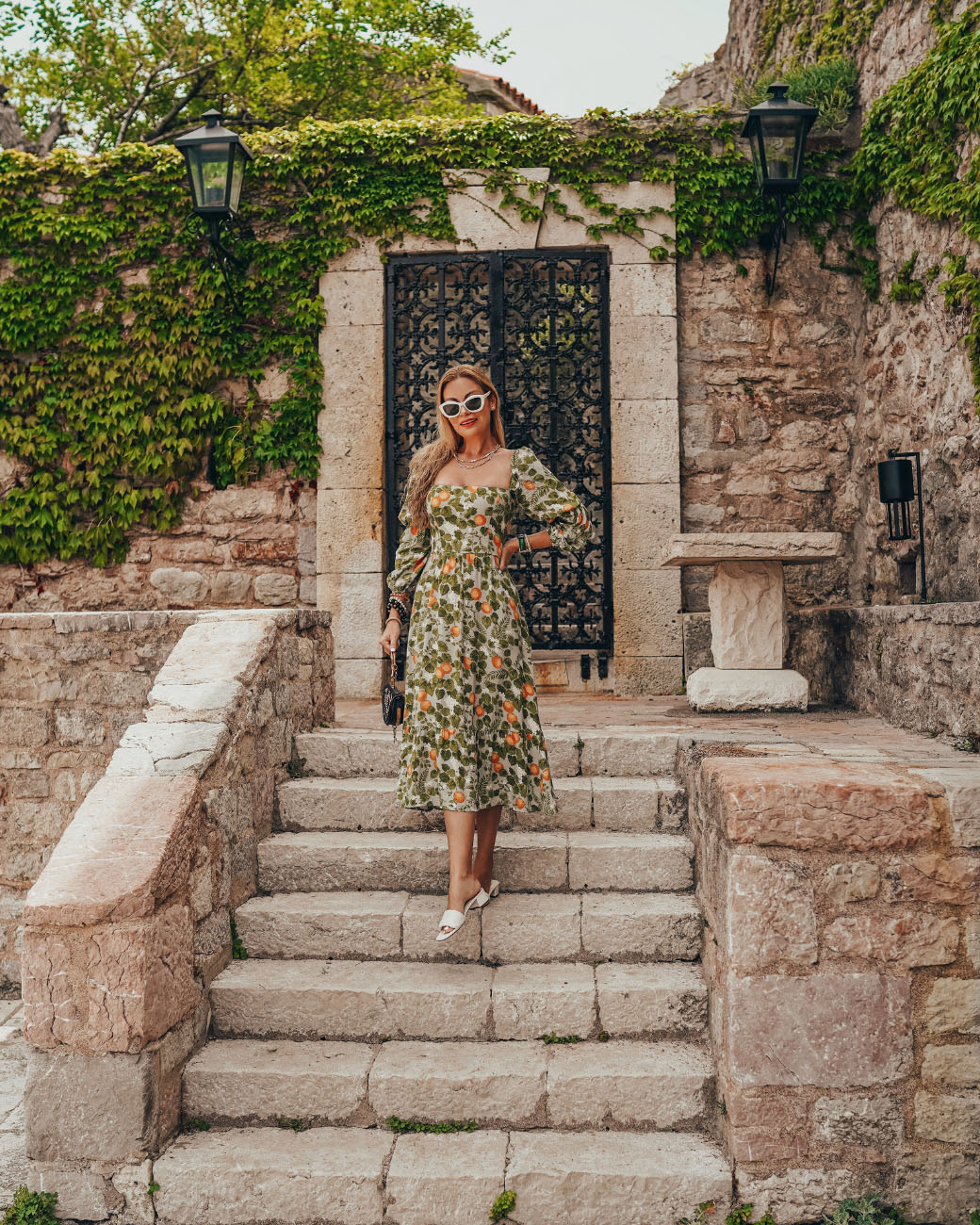
Montenegro, often described as the gem of the Balkans, boasts a rich and multifaceted history that has spanned thousands of years. This country’s story is not a singular narrative but a tapestry of intriguing tales influenced by diverse civilizations.
The Illyrians, ancient tribes known for their seafaring prowess, were among the earliest known inhabitants. They laid some of the region’s foundational cultural layers before the Romans annexed parts of modern-day Montenegro. The Roman influence is still palpable today, evident in the ruins of ancient cities like Doclea.
Following the Roman period, the Slavs began to make their mark in the 6th and 7th centuries, intertwining their culture and traditions with the land. Their impact can be felt in many Montenegrin traditions and the language spoken today.
Yet, perhaps no period was as transformative as the centuries under Ottoman rule. As the Turks sought to expand their empire, Montenegro became a crucial frontier. While the Ottomans introduced new architectural styles, customs, and culinary influences, the Montenegrins fiercely retained their distinct identity, leading to a rich cultural amalgamation.
Witness to this vivid history is the country’s architectural landscape. Medieval castles standing tall, defiant against time, churches that have seen centuries of prayers, and Ottoman-influenced structures tell silent tales of a bygone era.
The Battle of Kosovo in 1389 remains a cornerstone of Montenegrin history. Though not a decisive victory for either side, the battle’s legacy impacted the region’s political and cultural trajectories for centuries. It’s not merely a chapter in a history book but a symbol of Montenegro’s enduring spirit.
A spiritual beacon in this historical landscape is the Ostrog Monastery. Perched precariously on a cliff, it’s more than an architectural marvel; it’s a pilgrimage site, attracting thousands from Orthodox Christian and Muslim communities. Its serenity and panoramic views of the surrounding valleys make it a must-visit, reflecting the deep spirituality that has always been part of Montenegro’s essence.
For history enthusiasts, Montenegro is not just a travel destination; it’s a journey back in time, revealing layers of stories waiting to be discovered.
Savor the Melting Pot of Montenegrin Cuisine
Venture into Montenegro, and you’ll embark on a tantalizing gastronomic journey. The Montenegrin kitchen is a symphony of flavors shaped by its European crossroad position. From the sun-kissed Mediterranean coast to the rugged Balkan hinterlands and even hints of the distant Orient, Montenegro’s culinary tapestry is as rich as its history.
Begin with kacamak, a hearty staple made from potatoes and cornmeal, lovingly stirred to a creamy consistency. This warm and comforting dish is a testament to Montenegro’s agricultural roots and the simple joys of farm-to-table cooking.
Meat lovers are in for a treat with cevapi – delectable grilled minced meat sausages seasoned to perfection and often served with somun, a fluffy flatbread. For a more substantial bite, the pljeskavica stands out. Imagine a burger, but enriched with Balkan flavors and traditional spices, often stuffed with cheese or ham, making every bite a culinary revelation.
Yet, Montenegro’s gustatory journey is not just about food. The vineyards, bathed in the Adriatic sun and nurtured by the region’s fertile soil, yield exquisite wines. Vranac, with its deep red hue and robust character, is a must-try, while Krstač offers a delightful white wine alternative, reflecting the nuances of Montenegro’s terroir.
Indeed, Montenegro’s cuisine mirrors its diverse, vivid, and unforgettable landscape. From mountainous plateaus where sheep graze to the azure coasts offering fresh seafood, every meal tells a story. Dive in, and let Montenegro’s flavors narrate tales of its vibrant culture and rich heritage.
Championing Eco-Tourism: Montenegro’s Green Commitment
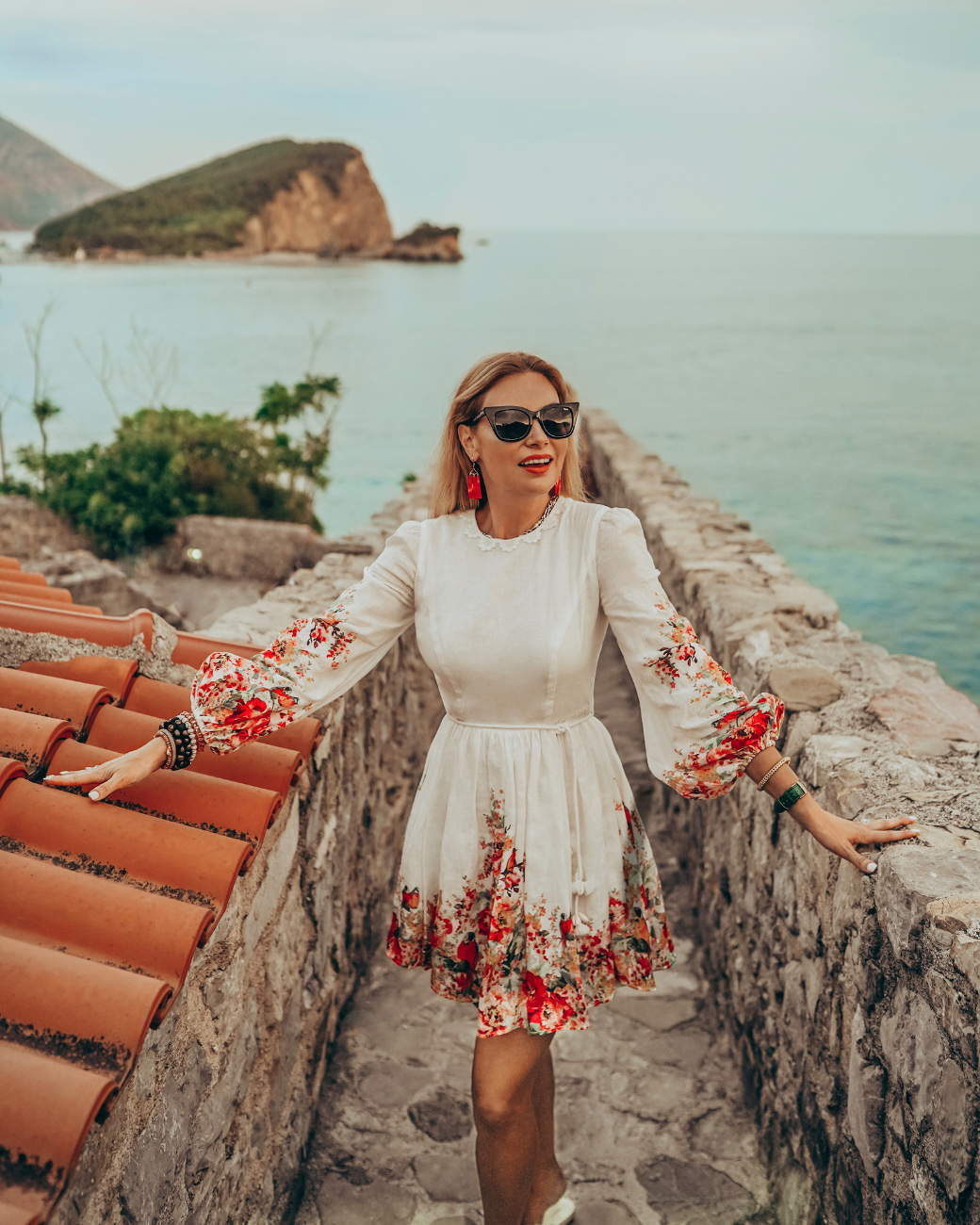
Montenegro, often touted as the “Jewel of the Balkans,” doesn’t just rest on its laurels. Understanding the intrinsic value of its natural gems, the country fervently champions eco-tourism and sustainable travel, ensuring its landscapes remain untarnished for generations to come.
Responsible tourism isn’t merely a buzzword here; it’s an ethos deeply entrenched in Montenegro’s development strategy. With the tourism sector accounting for approximately 11% of its GDP, there’s a conscious effort to pivot towards greener, more sustainable practices.
Nature enthusiasts are spoilt for choice with a myriad of national parks. Lovćen National Park, with its historic mausoleums and panoramic views; Prokletije National Park, often called the “Southern Alps” for its dramatic peaks; and Durmitor National Park, a UNESCO World Heritage site known for its glacial lakes, are just a glimpse into Montenegro’s conservation efforts. Whether it’s trekking, bird-watching, mountain biking, or the thrill of white-water rafting, these parks are gateways to immersive, eco-conscious adventures.
Montenegro’s commitment to the environment goes beyond preserving landscapes. The rise of eco-lodges and green hotels showcases a holistic approach. From solar-powered heating to organic farm-to-table dining, these establishments are emblematic of Montenegro’s pledge to minimal ecological impact. More so, they are pivotal in bolstering local economies, offering employment, and ensuring tourism benefits trickle down to grassroots communities.
As travelers weave through Montenegro, the country’s green initiatives are evident at every turn. Efficient public transportation networks reduce the carbon footprint, while local-guided tours guarantee authentic, eco-friendly experiences. Moreover, conservation projects, like the sanctuary for migratory birds at Lake Skadar and valiant efforts to safeguard the elusive Balkan lynx, underscore Montenegro’s unwavering dedication to its biodiversity.
In essence, Montenegro isn’t just a destination; it’s a sustainable experience. For the discerning traveler, it offers the chance to witness, participate in, and contribute to, a greener future.
Can a US Citizen Retire in Montenegro?
Yes, a US citizen can retire in Montenegro. To do so, they will need to apply for a temporary residence permit, which is typically valid for one year and can be renewed annually.
To obtain this permit, retirees must demonstrate that they have sufficient financial means to support themselves during their stay in Montenegro, usually through proof of a pension or other regular income sources.
Additionally, they’ll need to secure health insurance that covers them while in the country and may be required to provide proof of suitable accommodation.
It’s advisable to consult with the Montenegrin consulate or embassy for the most up-to-date information on requirements and procedures for retiring in Montenegro as a US citizen.
Montenegro’s Enchantment Awaits

In the heart of Eastern Europe, Montenegro stands out, a nexus of ancient tales and untouched beauty. Its landscapes, from rugged peaks to tranquil shores, narrate stories of eras gone by. Delve deeper into its rich history, and let the warmth of its culture envelop you. More than a destination, it’s a journey waiting to be embarked upon.
Book your trip to Montenegro today and discover the beauty of this fascinating country!
Outfits Featured In This Post
FAQs about Montenegro
1. Do they speak English in Montenegro?
While the official language of Montenegro is Montenegrin, English is widely spoken, especially in tourist areas. Many people in the service industry, such as hotel staff and tour guides, speak English, making it easy for tourists to communicate.
Montenegrin is a South Slavic language closely related to Serbian, Croatian, and Bosnian.
2. Is Montenegro friendly to tourists?
Yes, Montenegro is known for its friendly and hospitable people. Locals are generally welcoming and helpful to tourists, making it a pleasant destination for travelers.
3. Is Montenegro in Europe or not?
Montenegro is located in southeastern Europe on the Balkan Peninsula. It is bordered by Croatia, Serbia, Bosnia and Herzegovina, Kosovo, and Albania.
4. Can Americans drive in Montenegro?
Yes, Americans can drive in Montenegro using their valid US driver’s license for up to 90 days. After that period, they will need to obtain an International Driving Permit (IDP) or a Montenegrin driver’s license.
5. How long can Americans stay in Montenegro?
Americans can stay in Montenegro without a visa for up to 90 days within a 180-day period for tourism, family visits, or business purposes.
6. What currency is used in Montenegro?
The official currency of Montenegro is the Euro (€).
7. Can you drink alcohol in Montenegro?
Yes, alcohol consumption is legal in Montenegro for individuals aged 18 and over. Montenegro has a variety of local wines, beers, and spirits that visitors can enjoy responsibly.
8. What is the best time to visit Montenegro?
For sunny beach days, summer months from June to August are perfect. However, if you’re keen on hiking or exploring nature, the milder temperatures of spring (April-May) and fall (September-October) are ideal, offering a more relaxed experience without the heavy tourist crowds.

Have you explored Montenegro, or is it still a dream destination? What’s at the top of your must-see list? Comment Below!

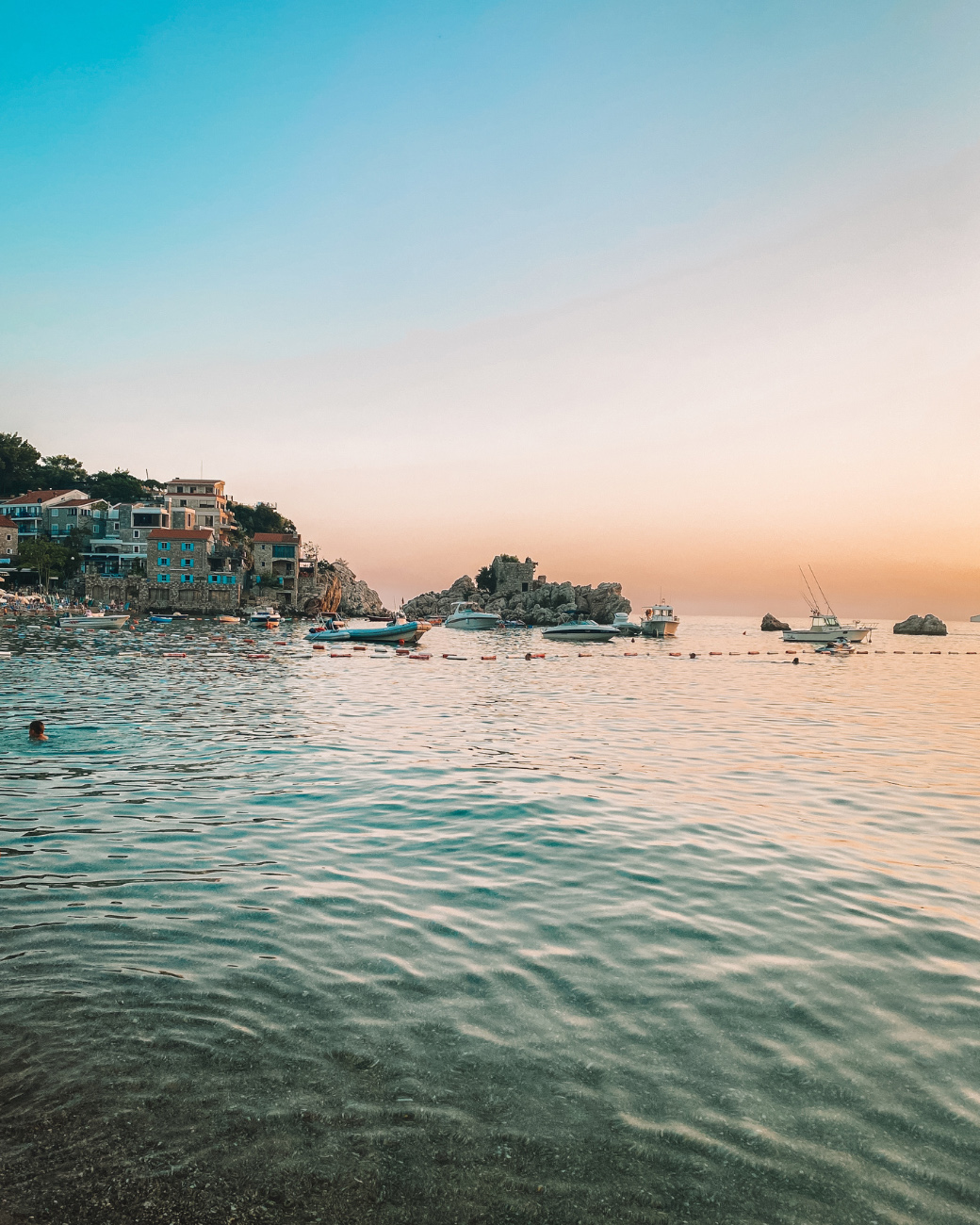
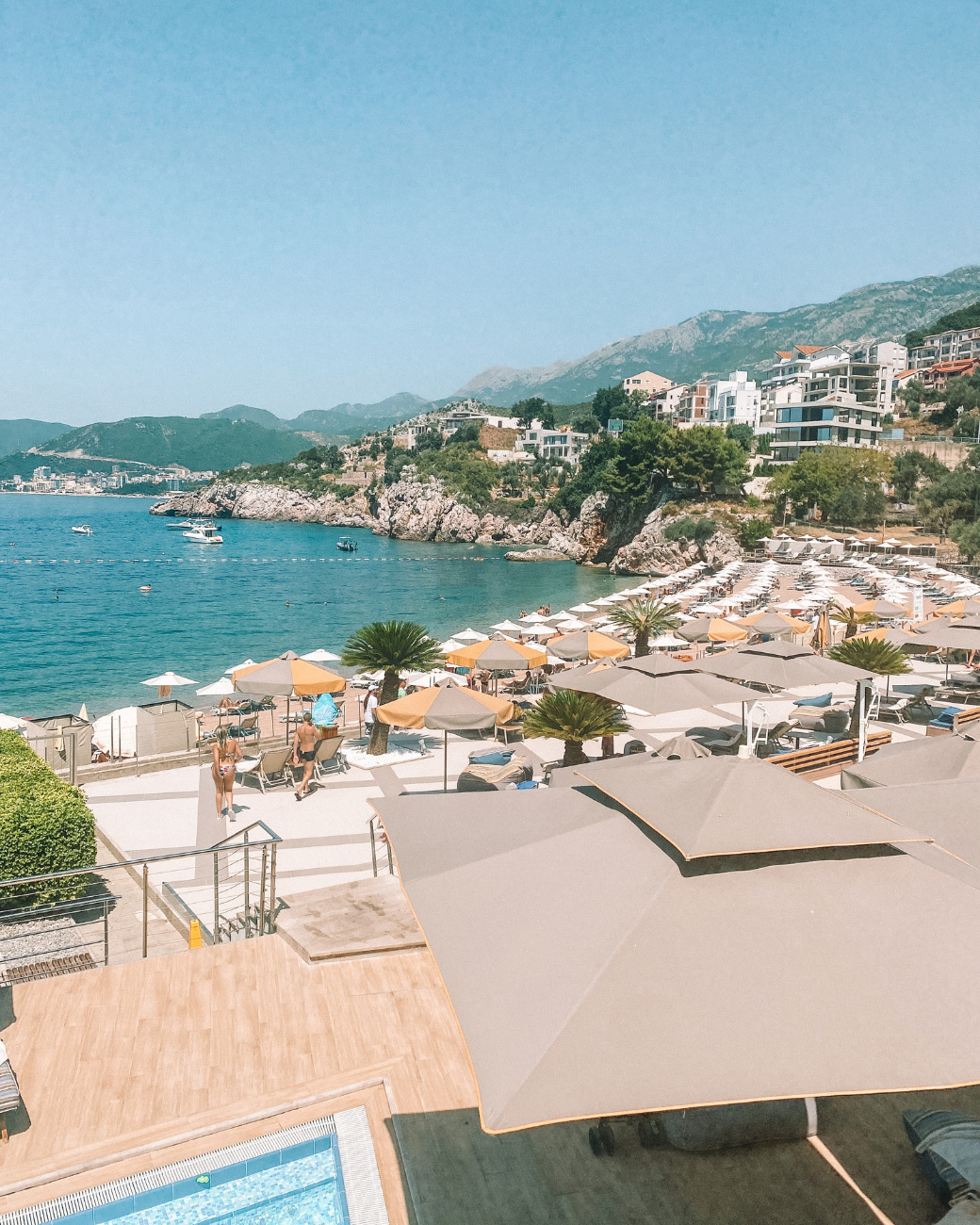
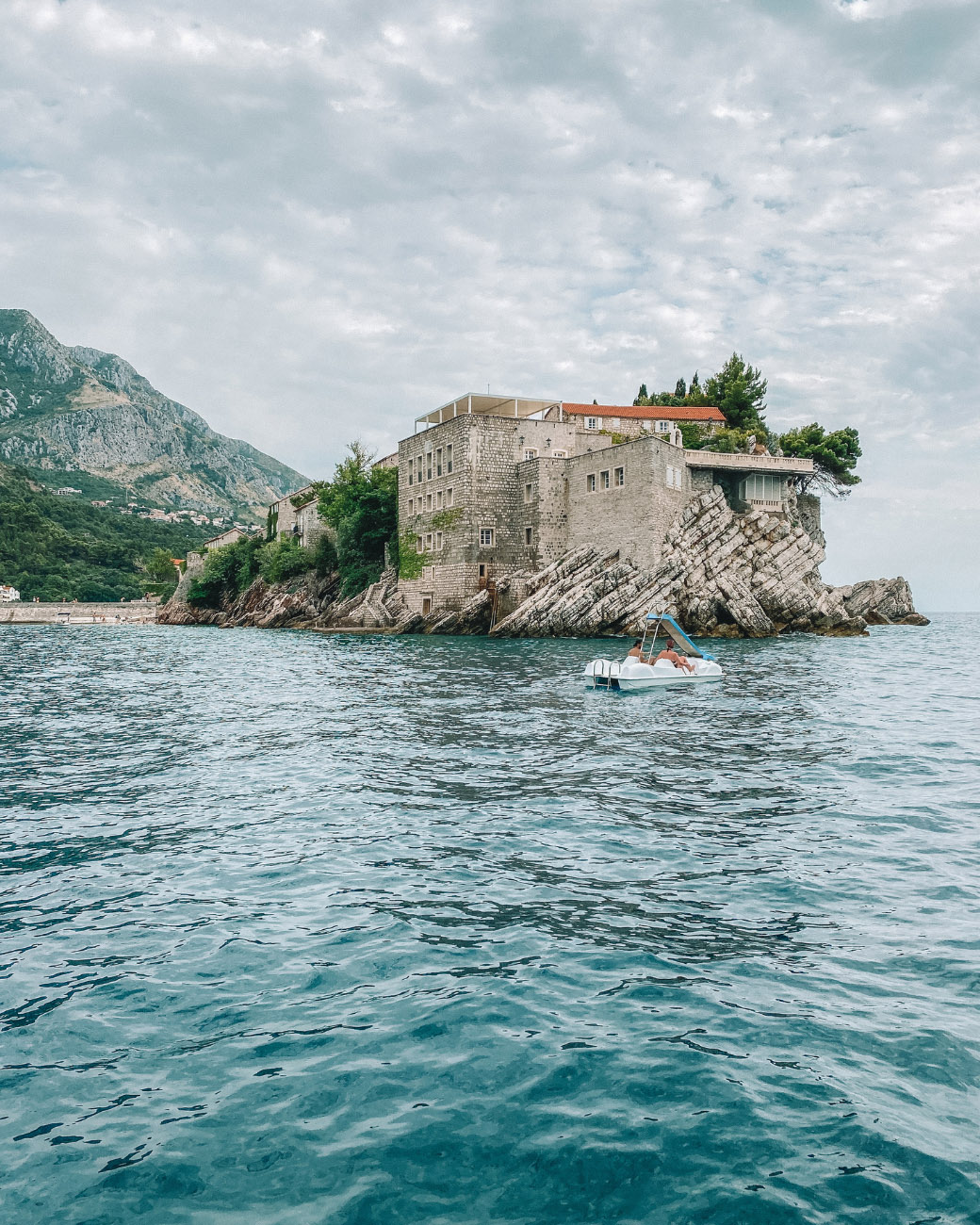
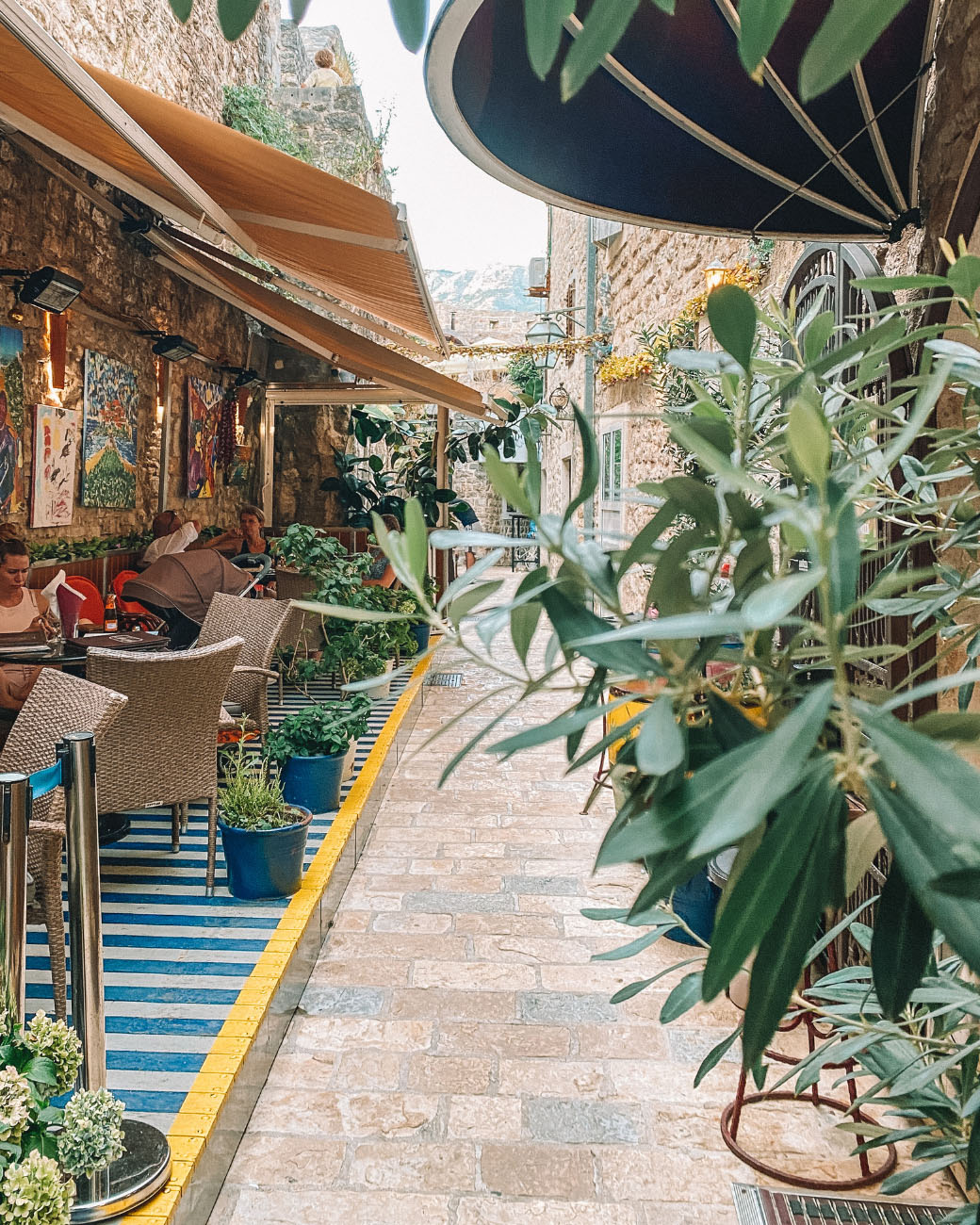
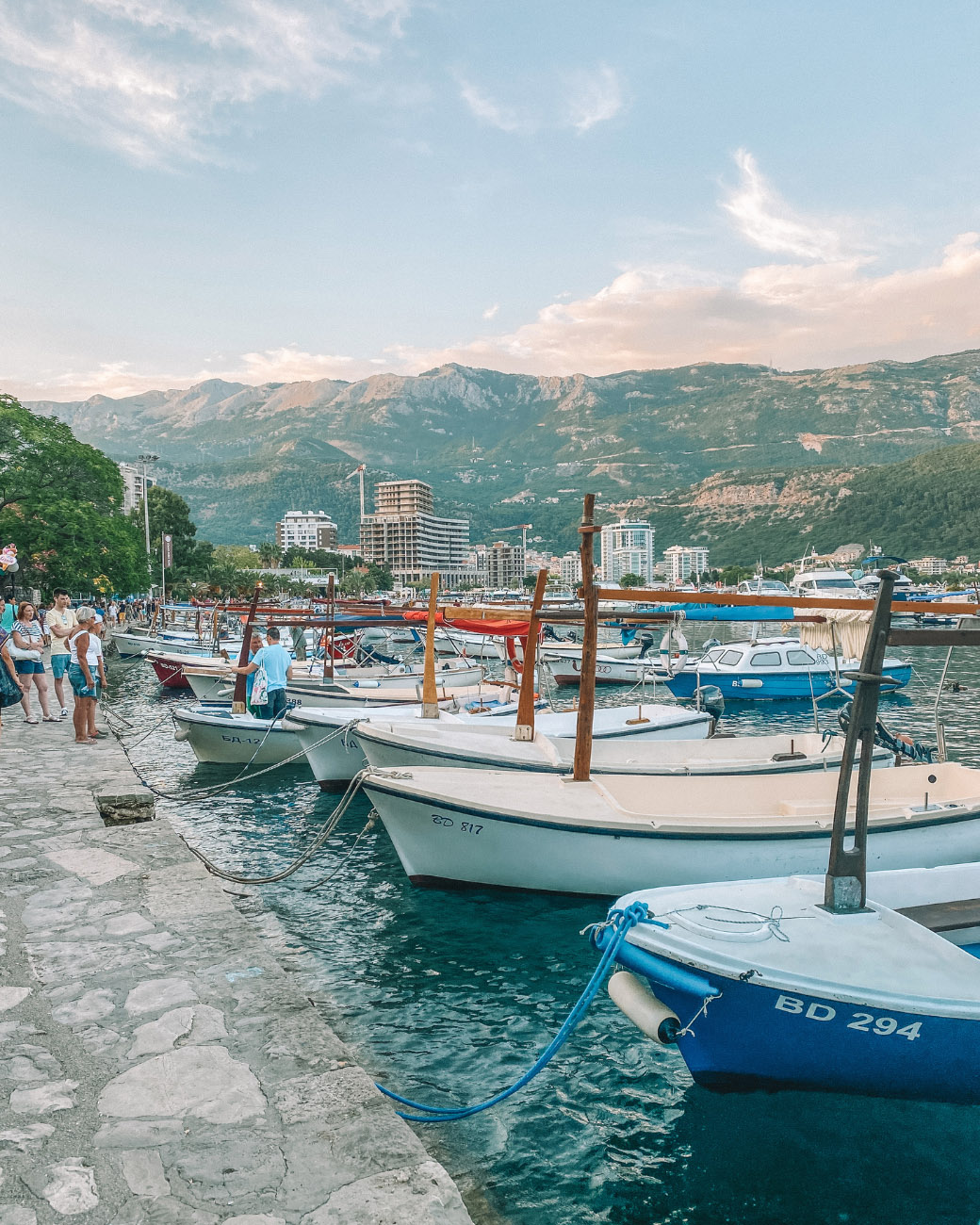
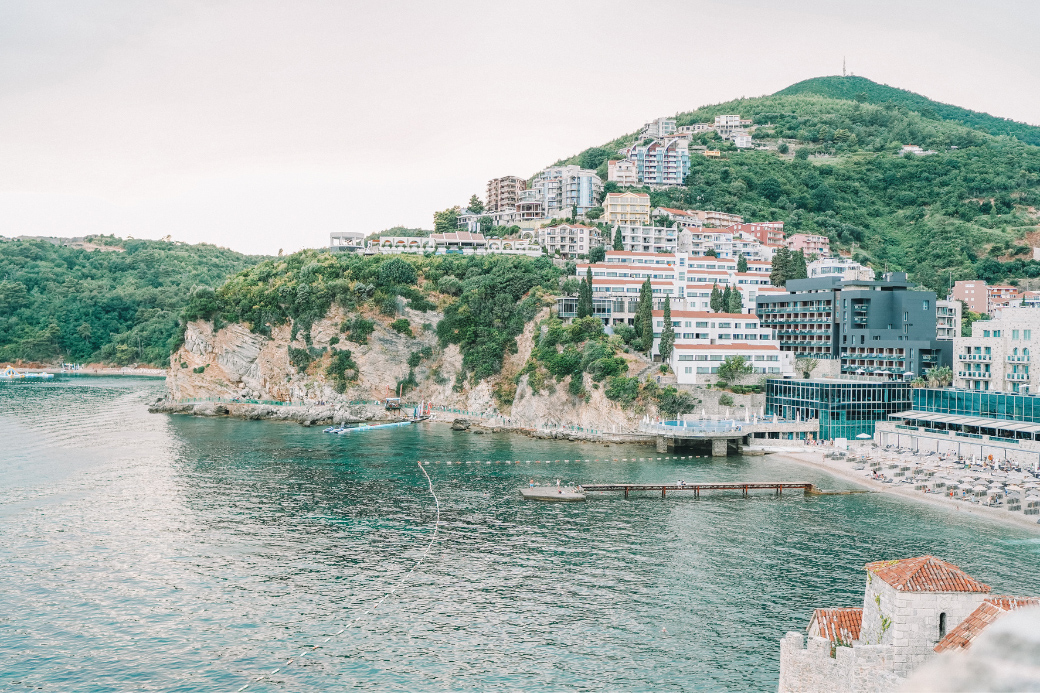
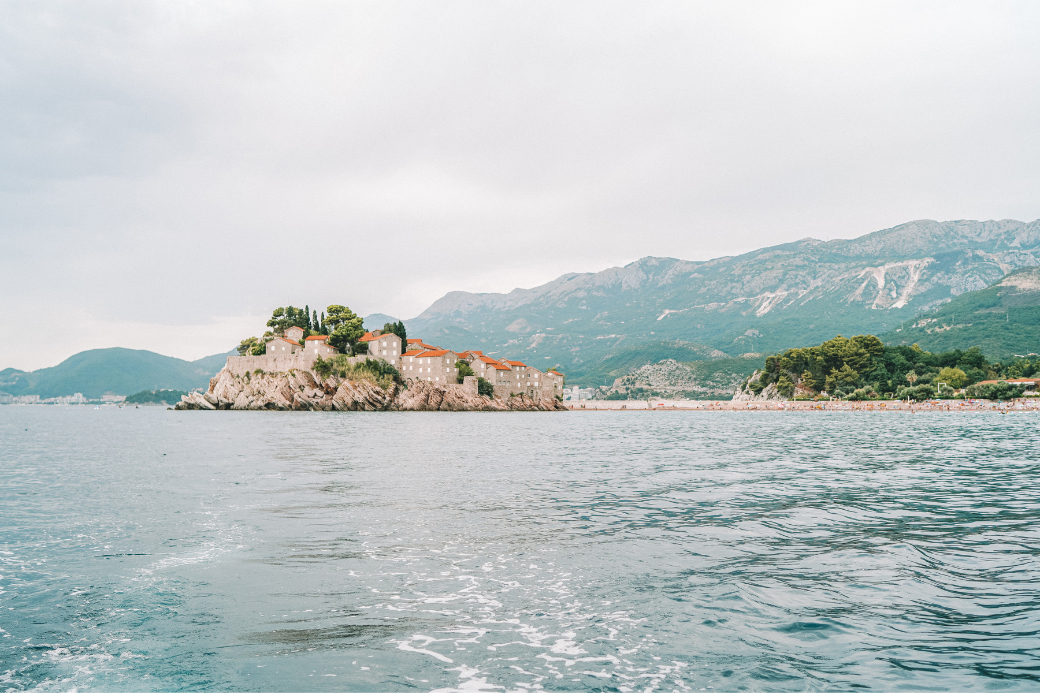
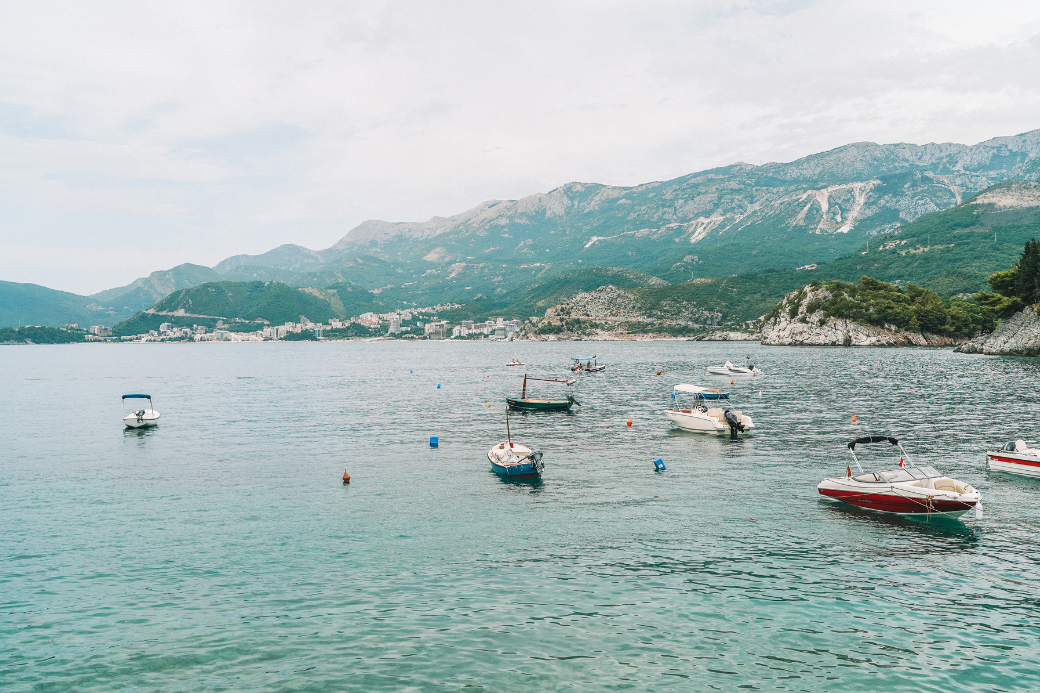
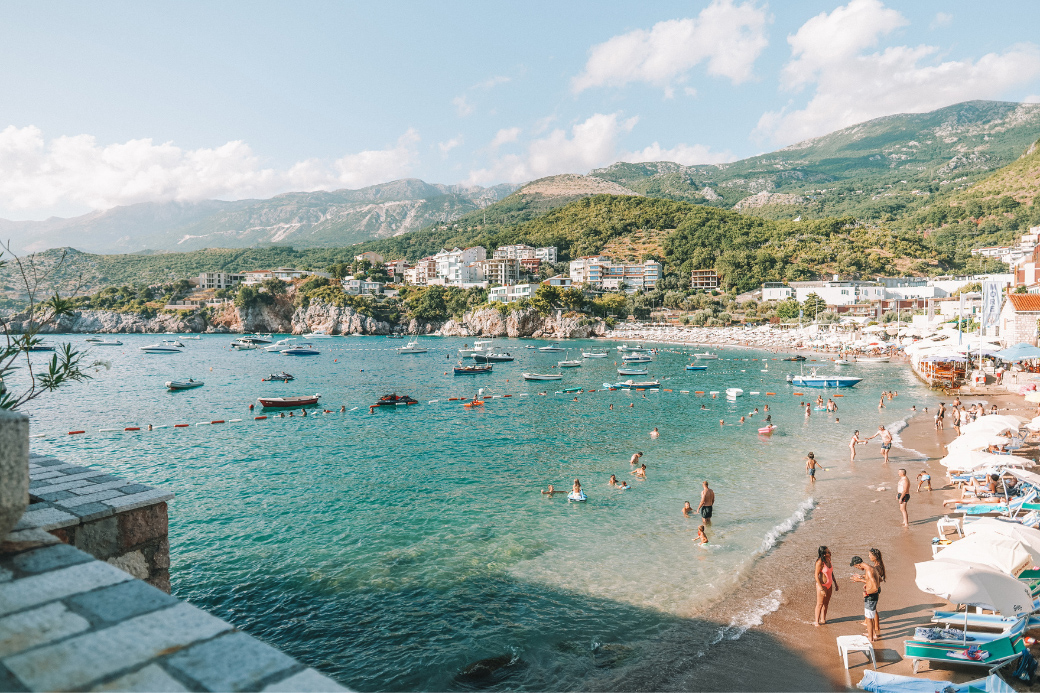
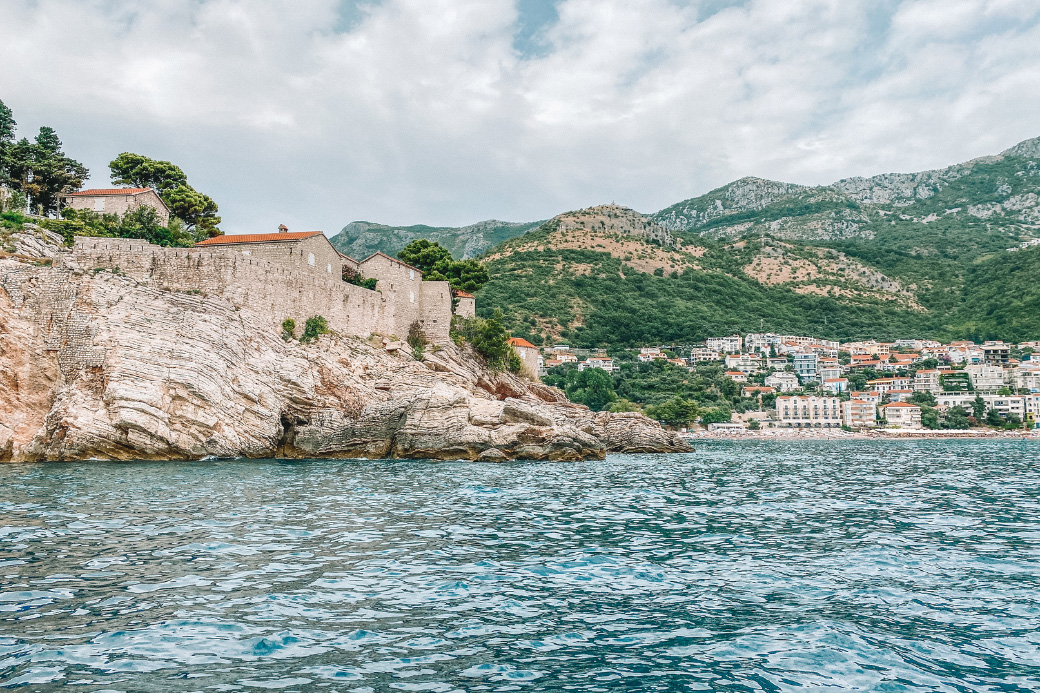
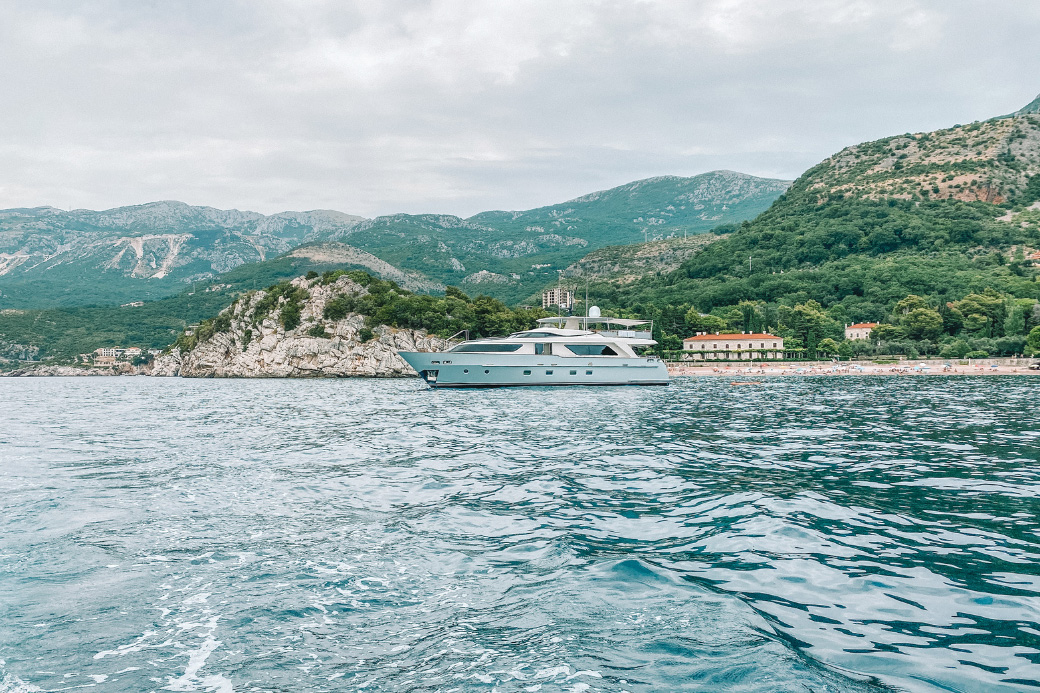
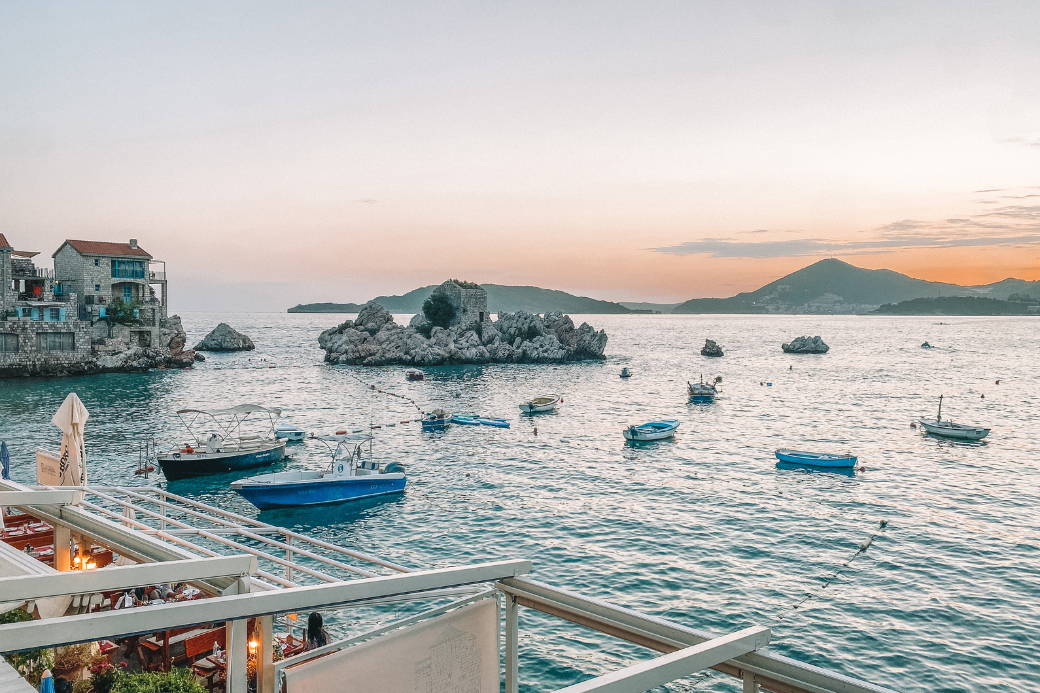
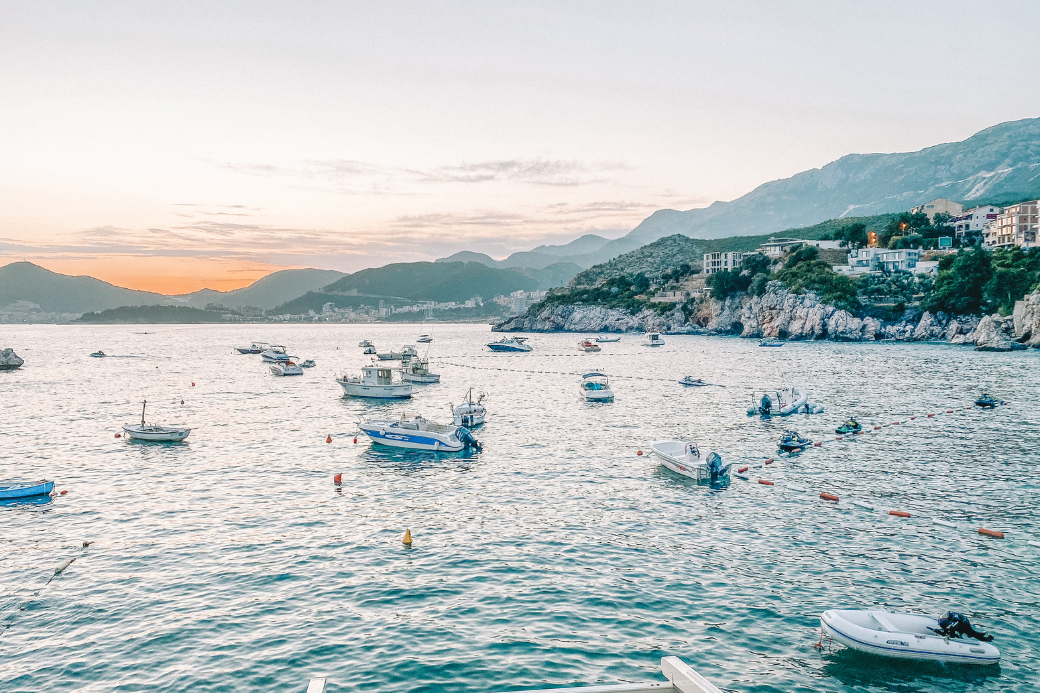
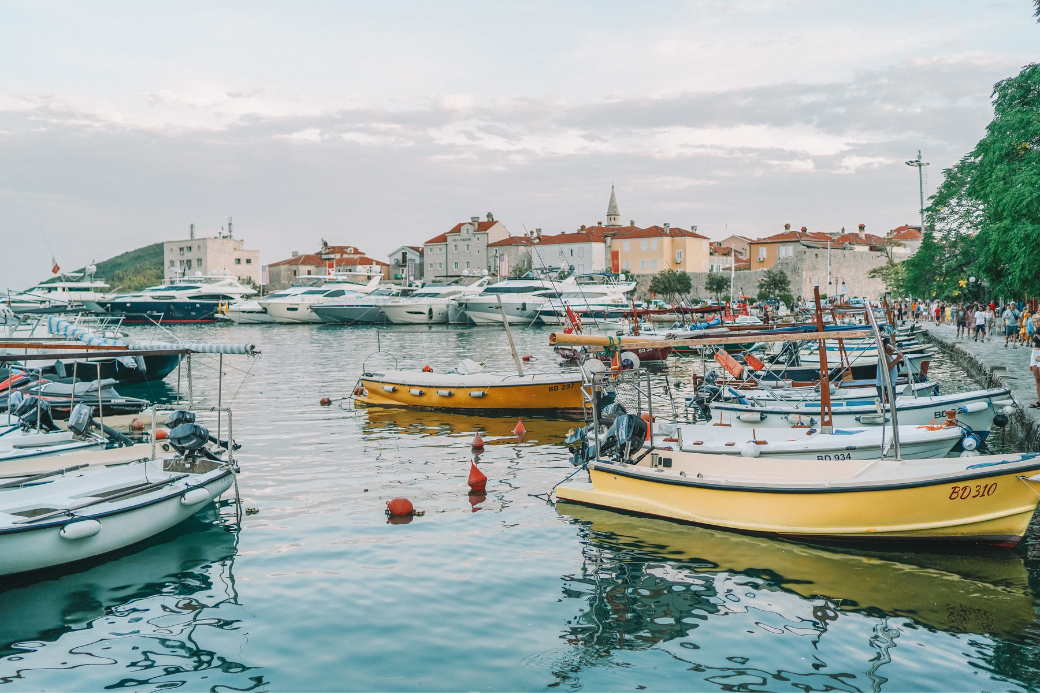
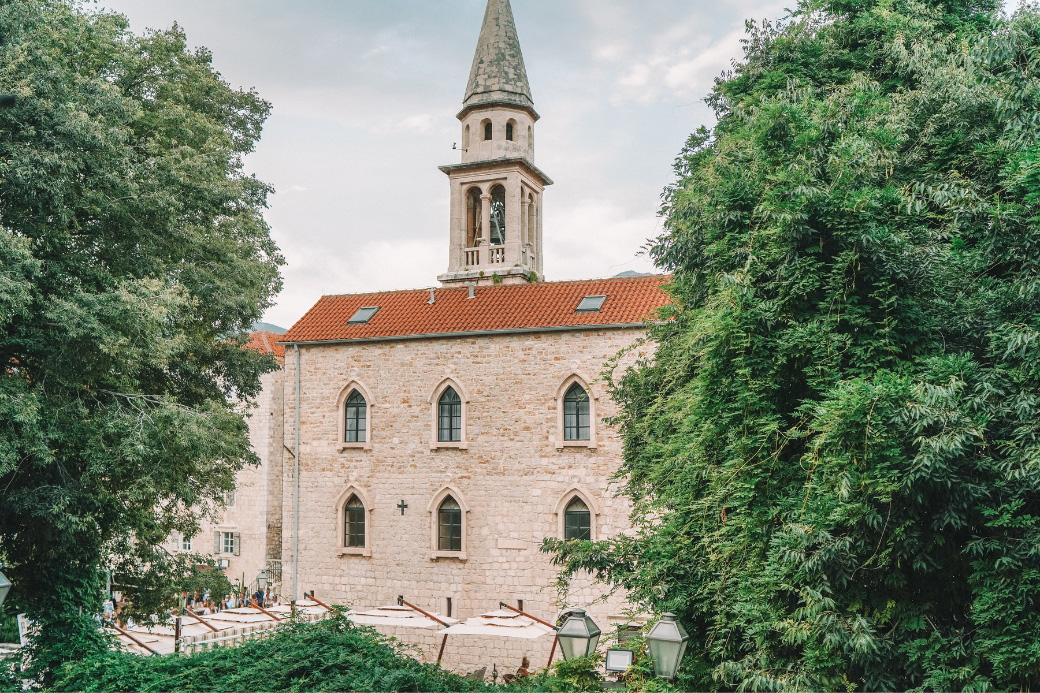
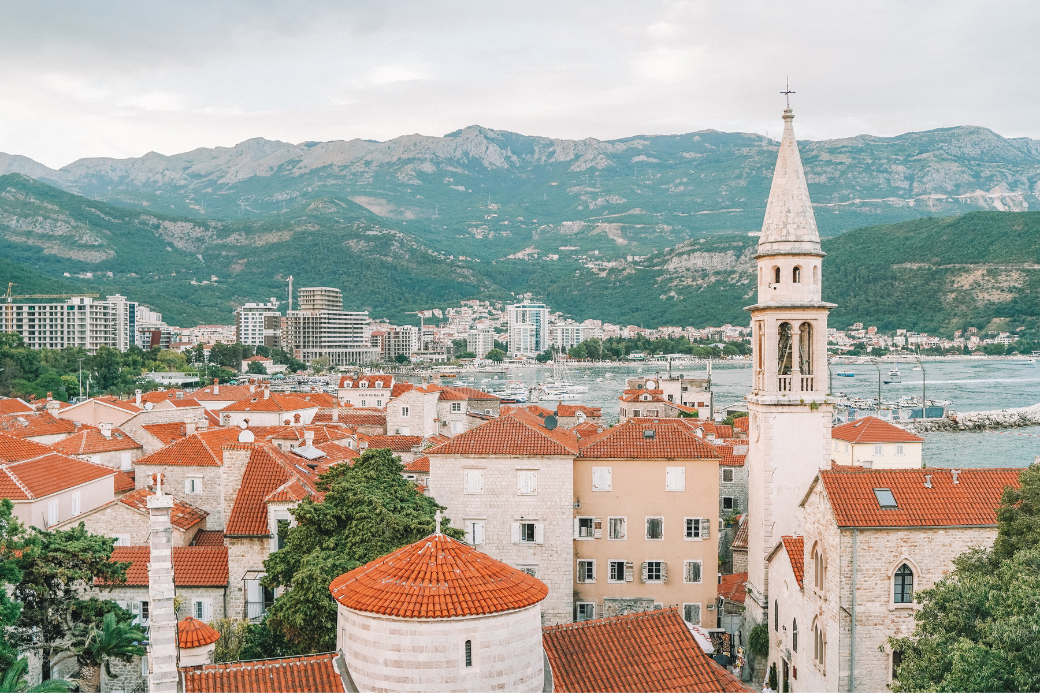
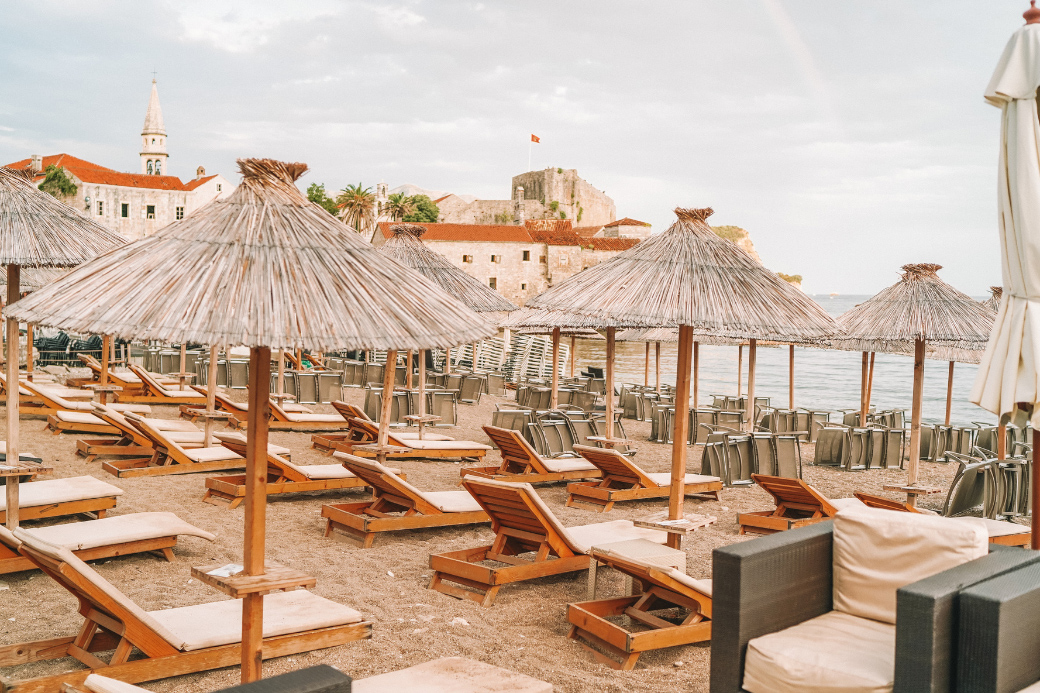
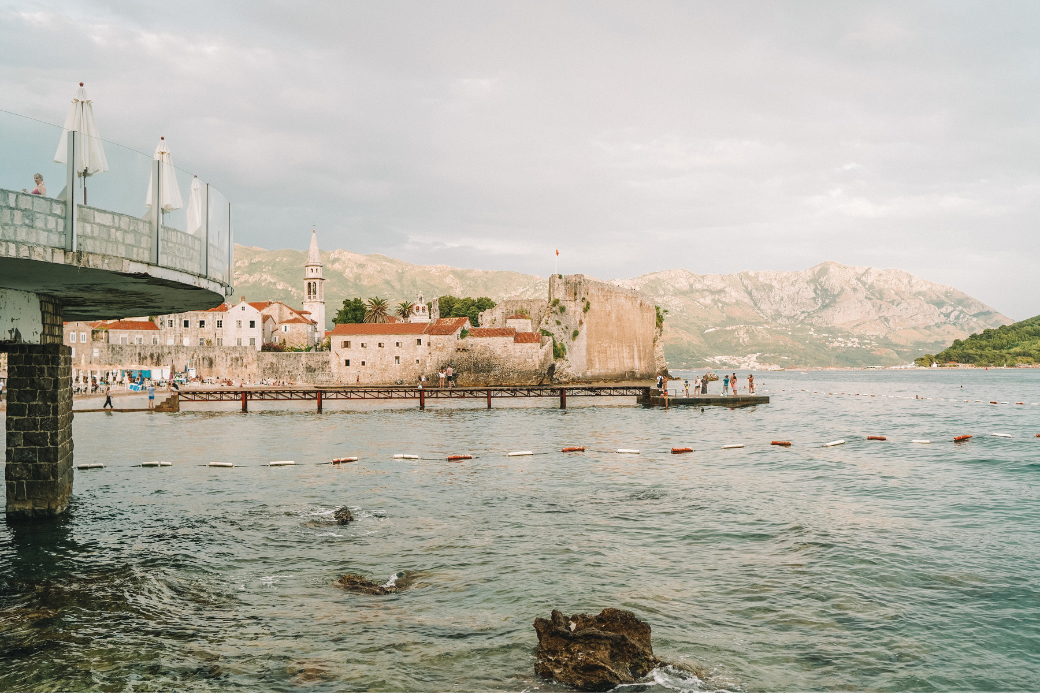
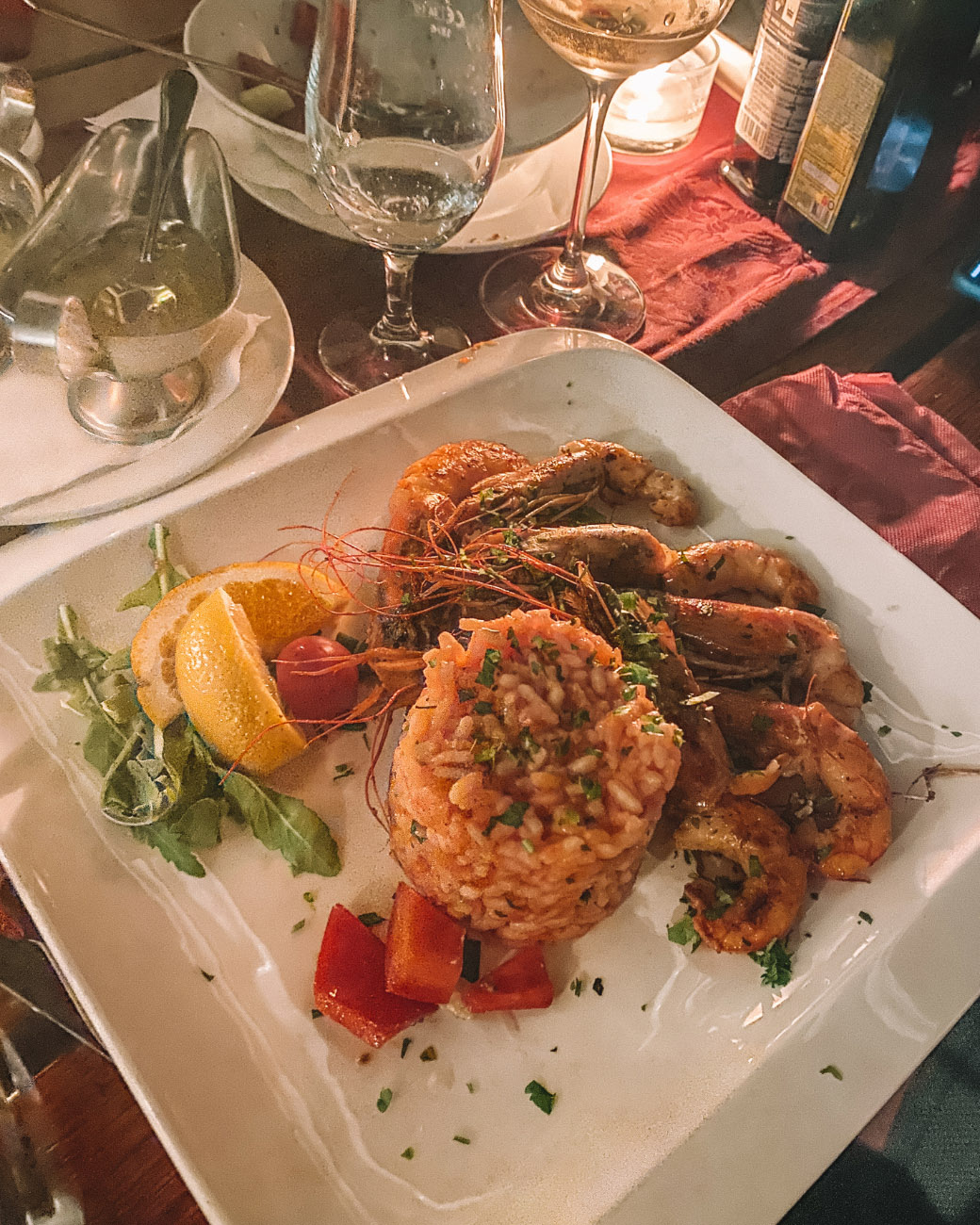
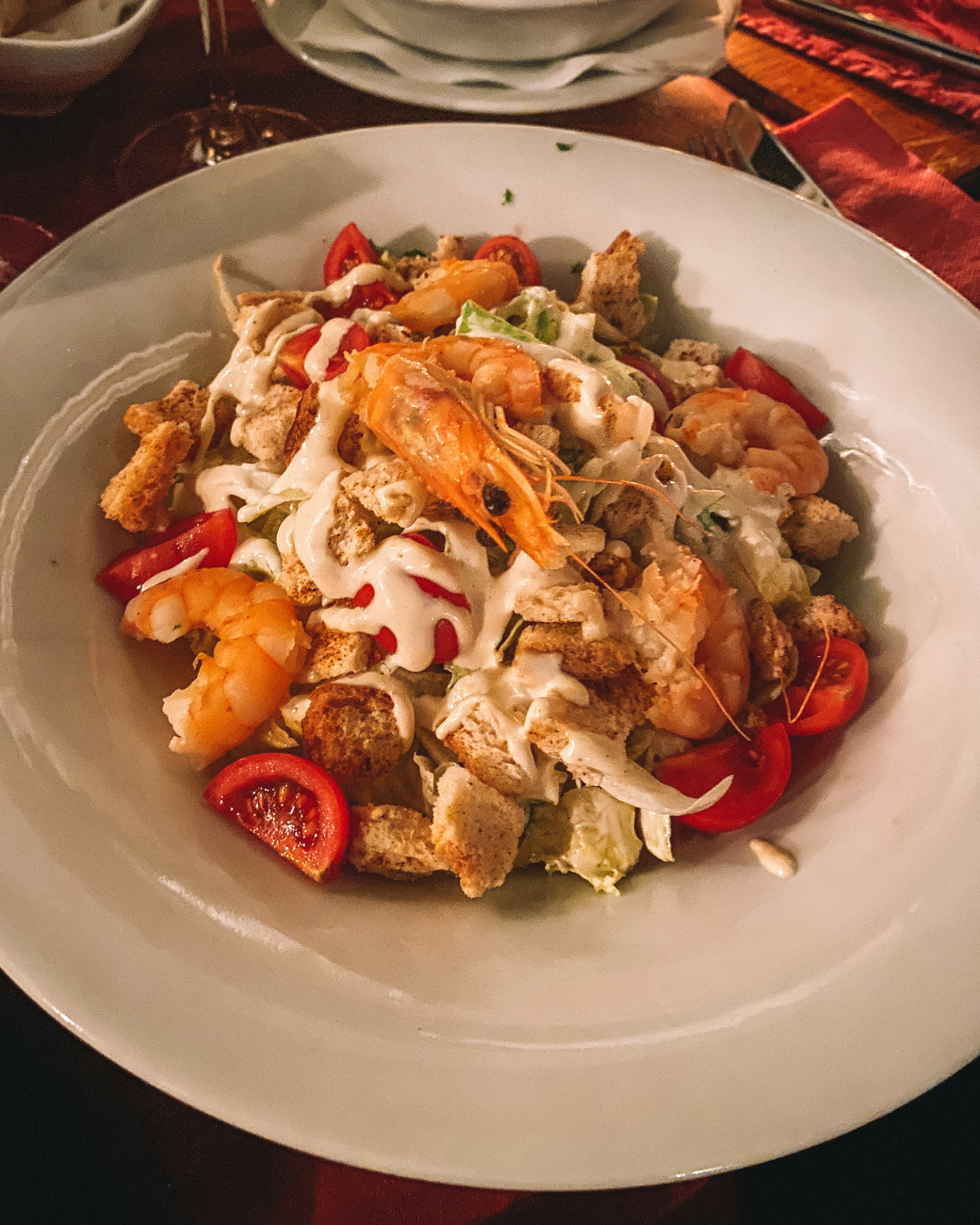
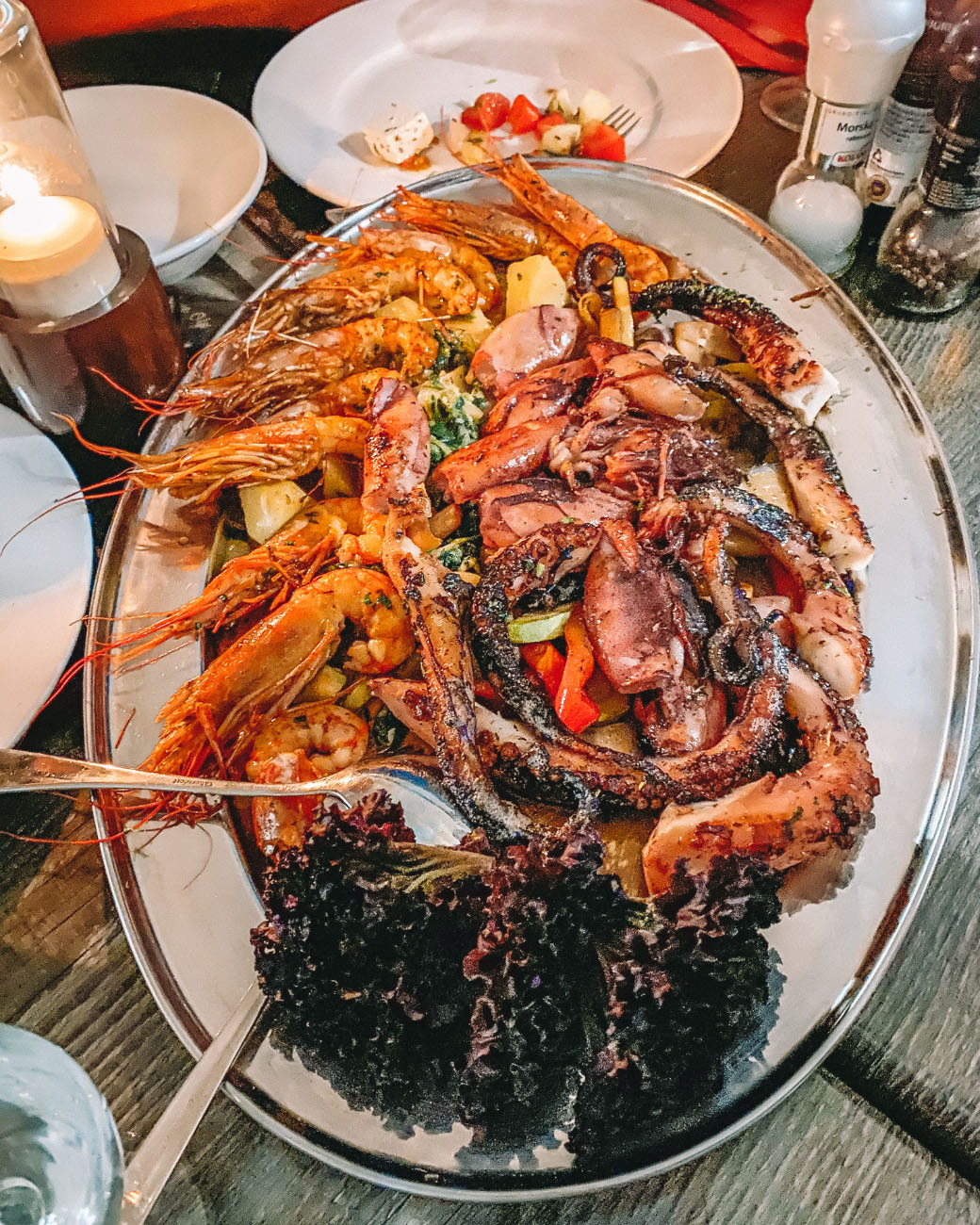
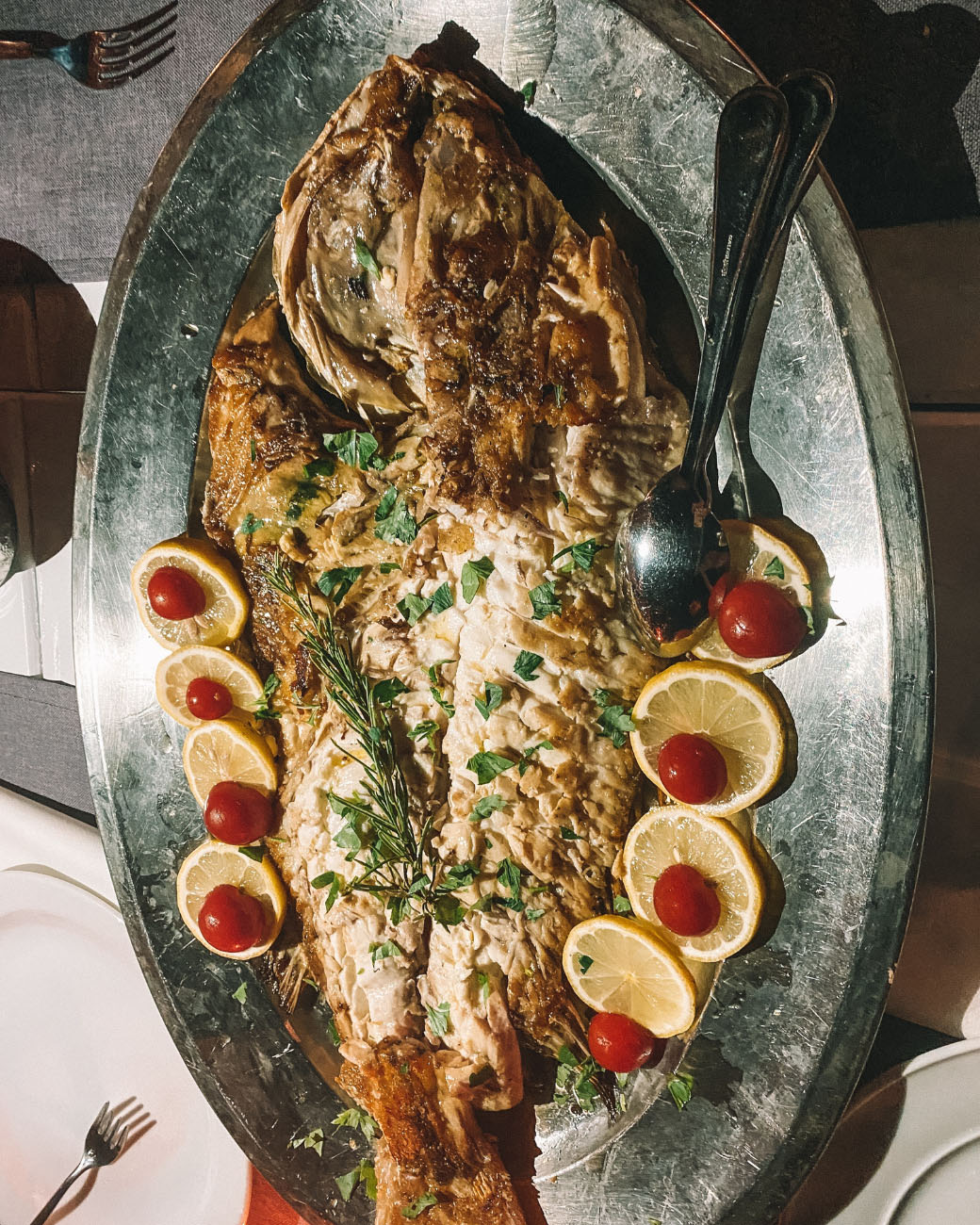


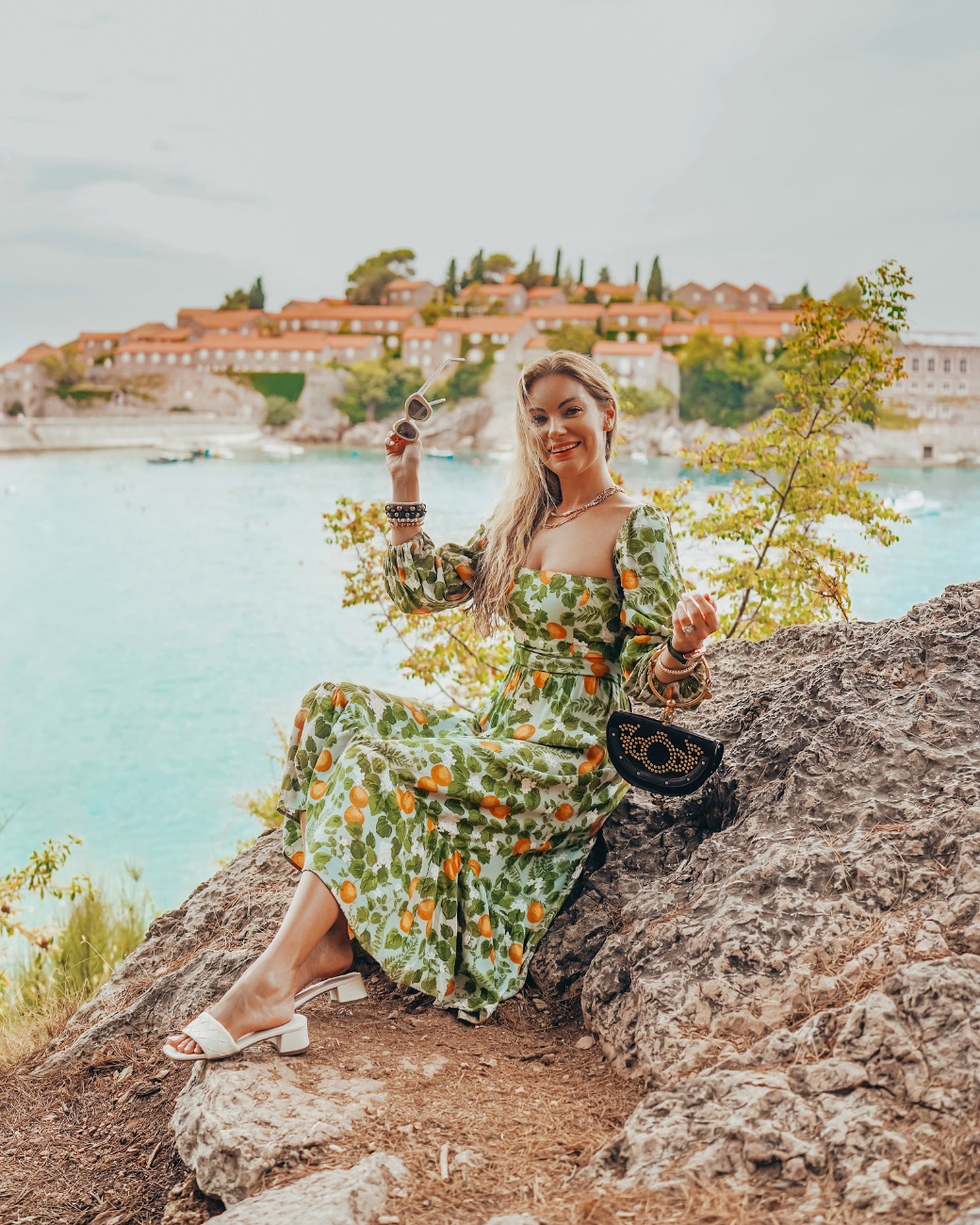
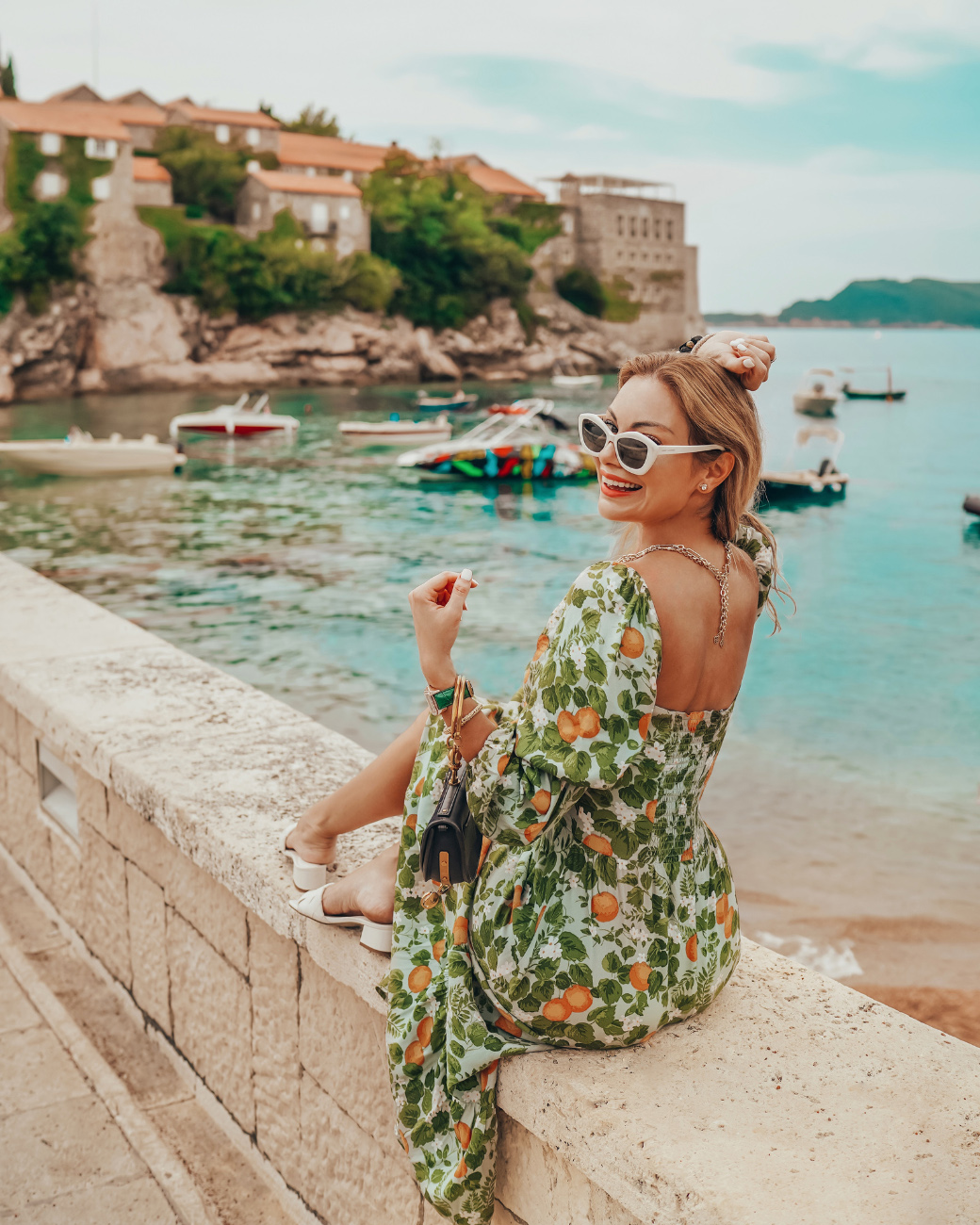
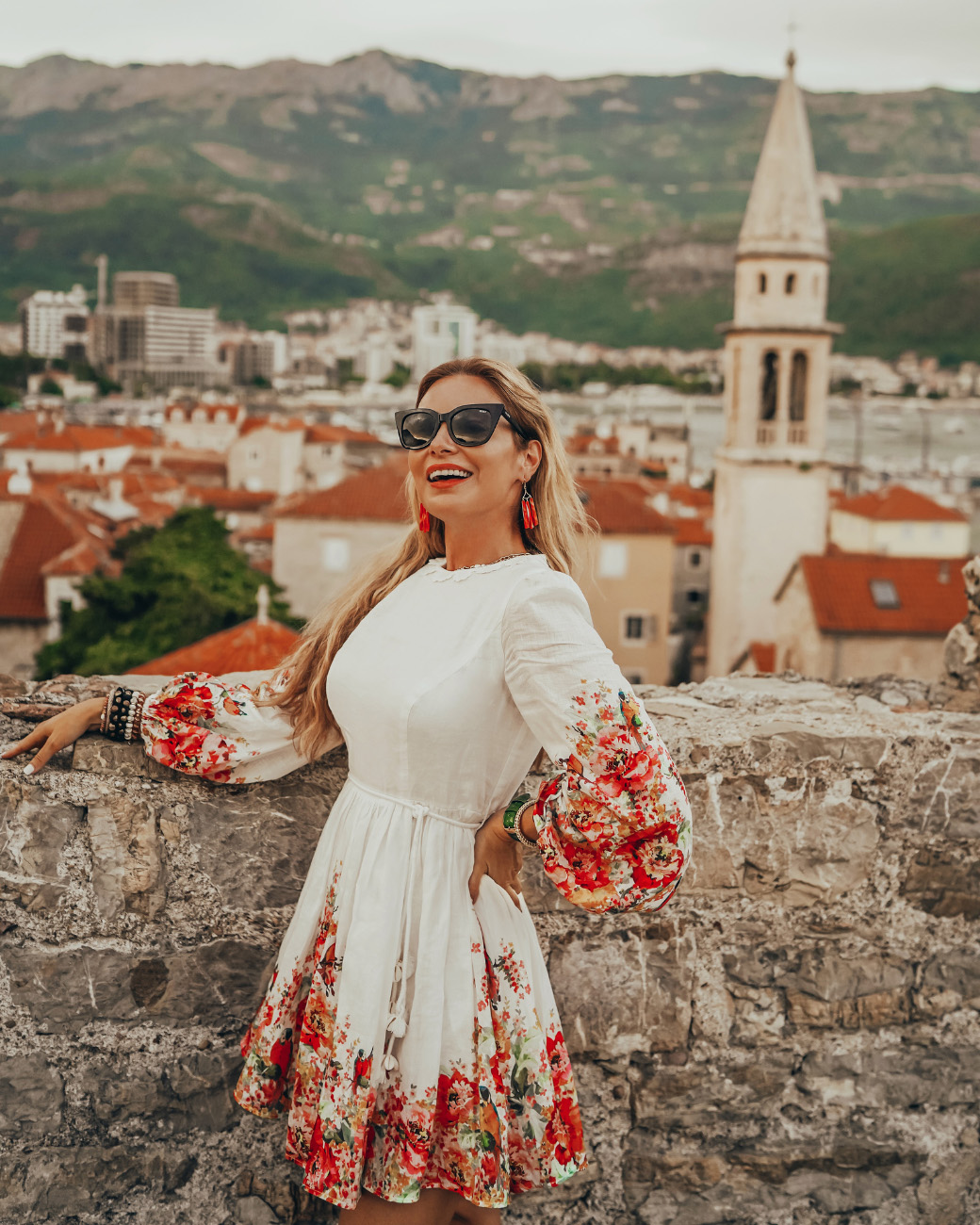
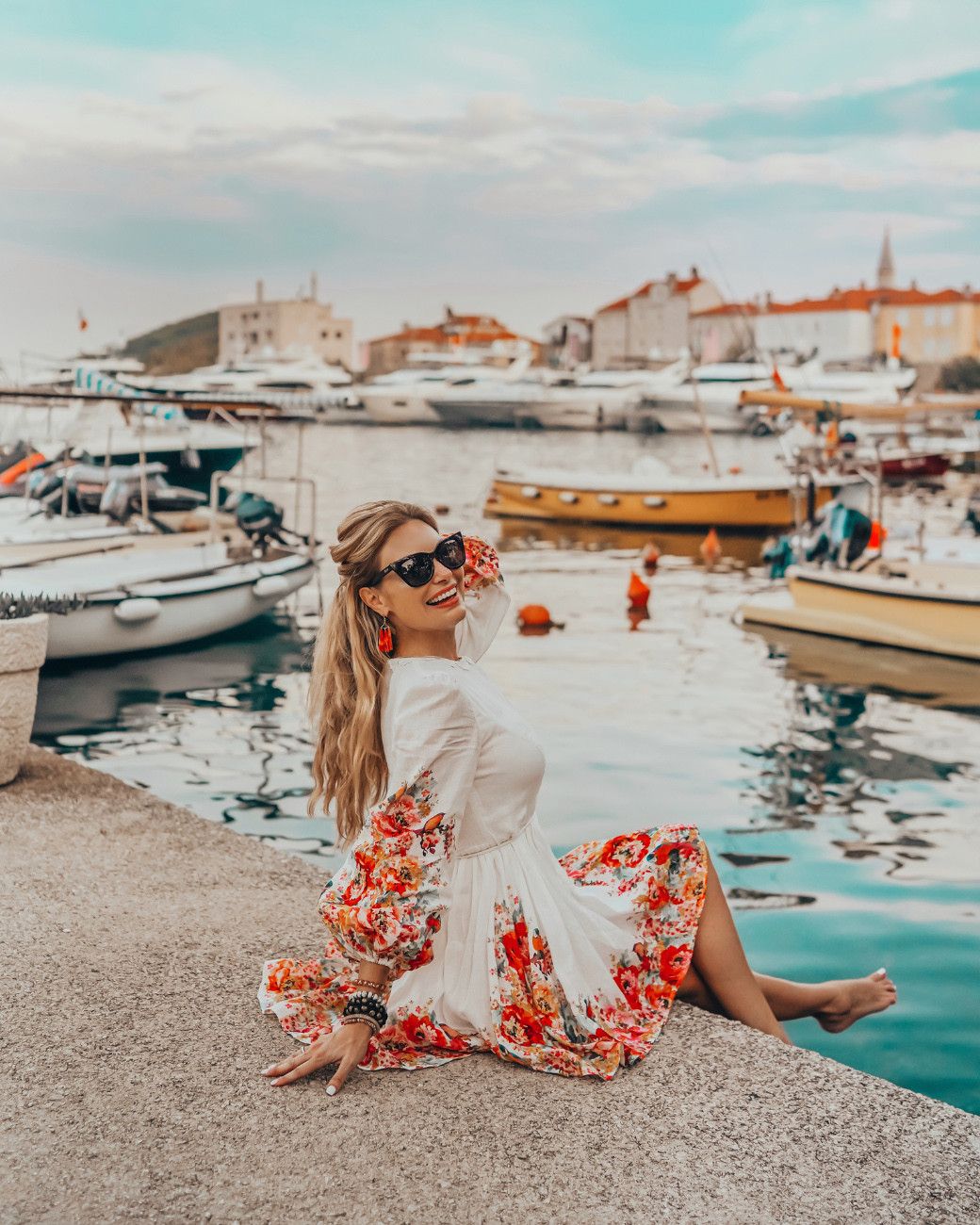






Leave A Comment